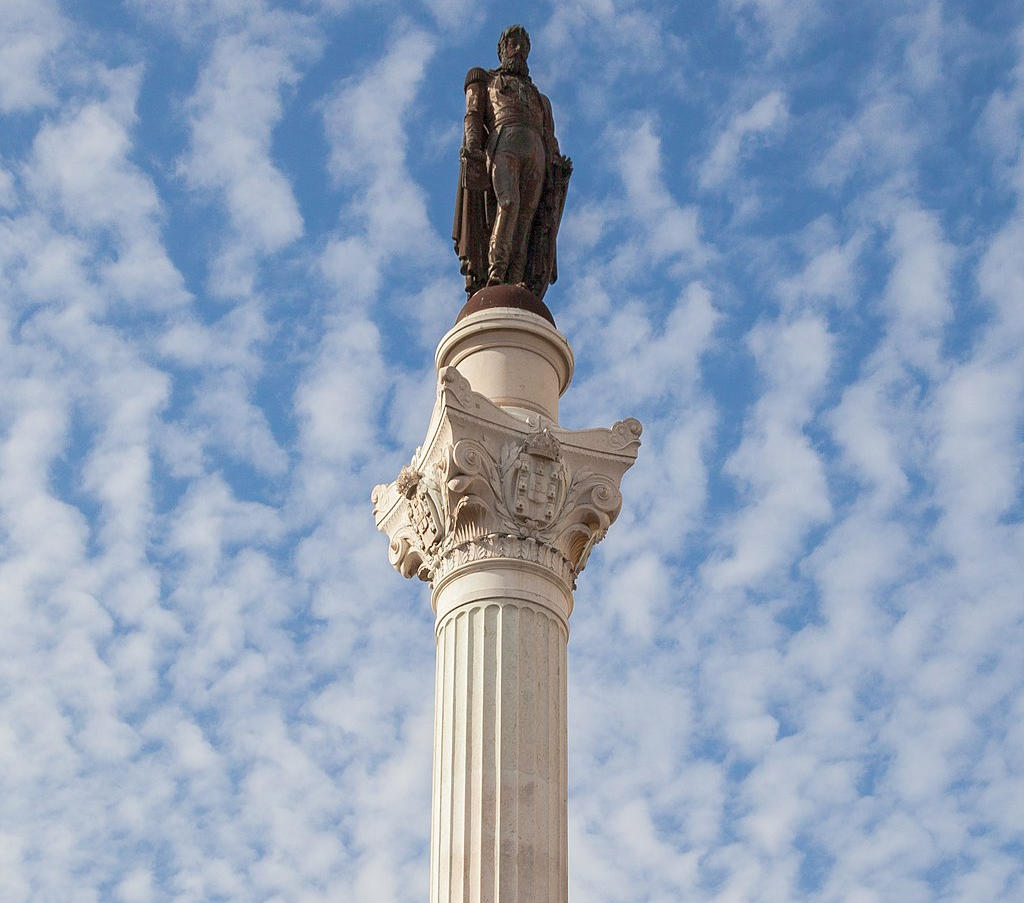In 1852, a new monument honoring King Peter IV was erected, with Queen Mary II, the daughter of the king, laying the cornerstone. This initial monument, commonly referred to as "o galheteiro" (the cruet-stand) due to its ungraceful appearance, consisted of a simple pedestal. It served as the base for a temporary statue of Hymenaeus during the wedding ceremonies of King Peter V in 1858 and King Louis I in 1862. However, this primitive monument was eventually demolished in 1864.
Lisbon.vip Recommends
At the base of the column, four female allegorical figures are present, representing Justice, Wisdom, Strength, and Moderation. These qualities are attributed to King Peter IV and further enhance the symbolism of the monument.
An urban legend surrounding the Column of Pedro IV suggests that the statue atop it was originally intended for Emperor Maximilian I of Mexico. However, historical evidence, including the presence of Portuguese symbols such as the Portuguese Coat of Arms, the collar of the Order of the Tower and Sword, and the Constitutional Charter of 1826, clearly identifies the statue as a tribute to King Peter IV.
The Column of Pedro IV stands as a prominent landmark in Lisbon, a testament to the historical significance of King Peter IV and his contributions to both Portugal and Brazil. It serves as a reminder of the nation's commitment to constitutional governance and the enduring legacy of its rulers.



